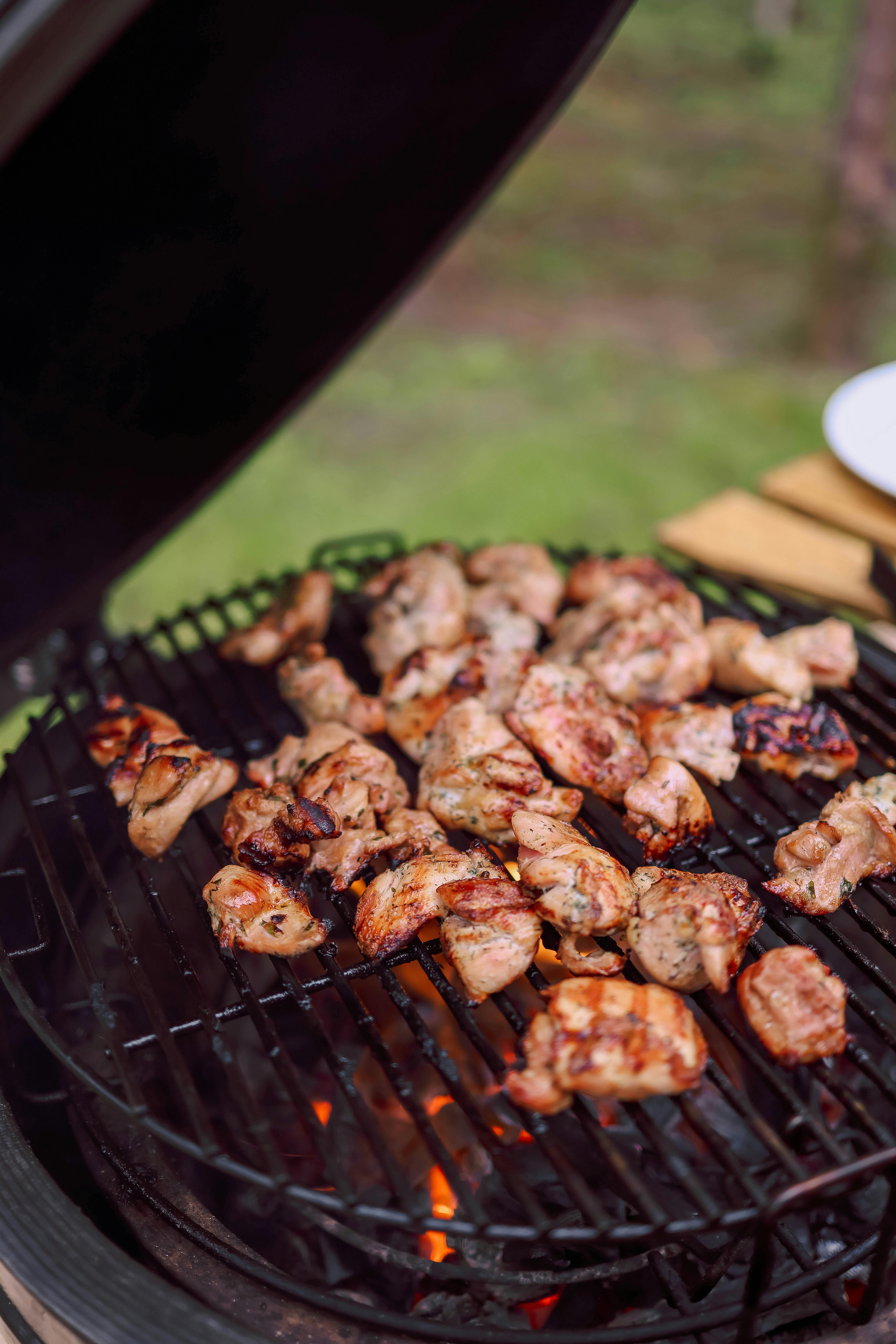
How to Properly Make Rice Flour: Discover 5 Easy Steps in 2025
Rice flour has gained immense popularity, particularly among those seeking gluten-free alternatives in their cooking and baking. Understanding how to make rice flour not only opens the door to an array of gluten-free recipes but also empowers you to create healthier and more versatile dishes. Homemade rice flour is better in terms of quality, freshness, and customization compared to store-bought options. This article guides you through the process of making rice flour, unveiling its various uses, nutritional benefits, and more. As you dive into the world of rice flour preparation, you'll discover its advantages, such as its adaptability in baking, cooking, and even binding. The journey starts here, where you will learn the five easy steps to prepare your own rice flour. Further along, we'll explore the different types of rice suitable for grinding, as well as tips on how to store and utilize your homemade rice flour. Let's get started!Step 1: Choosing the Right Rice for Flour
Building on the basics of rice flour, the first step in the preparation process is selecting the right type of rice. There are several varieties, each offering different textures and flavors once ground into flour. For instance, white rice is the most common choice, known for its neutral flavor and fine texture ideal for various baked goods. Brown rice, while richer in nutrients, can yield a coarser flour that may alter the texture of certain recipes. When considering how to make rice flour, it's beneficial to know that older varieties, such as jasmine or basmati, can impart unique flavors and can be used for specific recipes. Assessing what you're cooking with rice flour influences your choice – whether it’s for pancakes, bread, or noodles. By selecting high-quality rice, you set the foundation for your flour’s nutrients and flavors.Top 3 Types of Rice for Grinding
1. **Short-Grain Rice**: Known for its sticky texture, it’s perfect for rice flour used in Asian desserts. 2. **Long-Grain Rice**: Offers a lighter texture, which is excellent for making rice flour for pancakes and bread. 3. **Brown Rice**: High in fiber and nutrients, its flour can be used in health-focused recipes. Understanding these options establishes a solid starting point. With the rice selected, you are ready to proceed to the next stage in preparing your homemade rice flour.Step 2: Preparing the Rice for Grinding
With your rice type in hand, the next step involves preparing it for grinding. Begin by rinsing the rice thoroughly under running water. This step is crucial as it removes excess starch and impurities, leading to a finer flour texture. Rinsing also prevents clumping and helps in achieving a consistent grain when grinding. After rinsing, soak the rice in clean water for at least 4-6 hours or overnight for the best results. Soaking softens the rice grains, making them easier to grind and enhancing the final texture. Depending on the type of rice you choose, this soaking process may differ slightly. For example, brown rice may require additional soaking time to aid in achieving the desired consistency.Common Mistakes to Avoid
- **Skipping the Rinse**: Not rinsing can lead to a gritty flour texture. - **Insufficient Soaking**: Under-soaking can make grinding difficult as the grains remain hard. - **Over-soaking**: Soaking for too long can lead to spoiling; maintain the balance. With properly prepared rice, you’re now ready to grind and transform it into flour.Step 3: Grinding the Rice into Flour
Grind the soaked and rinsed rice using your equipment of choice. While a traditional rice grinder is a popular option, you can also use a high-quality blender or a grain mill. The choice of equipment impacts the efficiency of the grinding process as well as the texture of the final flour. When grinding, it’s essential to perform this in small batches to ensure uniformity. Additionally, check the flour's consistency throughout the grinding to achieve a fine texture. It's important that this step reflects the intended use of your rice flour, whether for baking or Asian cooking.Grinding Tips for Optimal Texture
1. **Pulse Method**: If using a blender, pulse in intervals to prevent overheated grains. 2. **Sifting**: After grinding, sift the flour to get even finer particles. 3. **Storage Preparation**: Store any excess flour in an airtight container to maintain its freshness. Once your rice flour reaches the desired consistency, it’s time to move on to the storage and utilization aspects.Step 4: Storing Your Homemade Rice Flour
Proper storage is crucial for maintaining the quality and shelf life of your rice flour. Store the ground flour in an airtight container, preferably in a cool, dry place away from direct sunlight. For long-term storage, refrigerating or freezing your rice flour can greatly extend its shelf life. Homemade rice flour can last for up to three months in the pantry but will last even longer when stored in the refrigerator or freezer. Ensure you check for signs of spoilage before using, such as changes in odor or color.Rice Flour Storage Techniques
- **Label your Containers**: Include dates to track freshness. - **Avoid Excess Moisture**: Keep containers dry to prevent clumping or spoilage. - **Repackaging for Long-Term Use**: Consider vacuum sealing for optimal preservation. Now that your rice flour is stored correctly, it’s time to explore how to use it in various delicious recipes.Step 5: Cooking with Rice Flour
Using rice flour opens up a world of culinary possibilities. It can serve as a gluten-free substitute in many baking recipes, perfect for pancakes, cookies, and bread. Rice flour's unique properties allow it to be used as a thickener in soups and sauces or as a coating for frying. When cooking with rice flour, understanding its mixture and interaction with other ingredients is essential. It functions well as a binder in recipes, absorbs moisture efficiently, and enhances texture. Here, we’ll highlight different recipes you can try using rice flour, showcasing its versatility.Simple Recipes with Rice Flour
- **Rice Flour Pancakes**: Light and fluffy, great for breakfast. - **Rice Flour Cookies**: A chewy snack with a delightful flavor. - **Rice Flour Bread**: Moist and fluffy, perfect for sandwiches. These recipes demonstrate rice flour’s incredible adaptability in both sweet and savory dishes. It can be featured in traditional Asian cooking or even as innovative options in global cuisines.Frequently Asked Questions
1. **How is rice flour used in gluten-free baking?** Rice flour can be used as a substitute for wheat flour in gluten-free recipes, ensuring that baked goods remain light and airy. 2. **What are some substitutes for rice flour?** Alternatives include almond flour, quinoa flour, or a blend of cornstarch and tapioca flour for added texture. 3. **How do I know if my homemade rice flour is fresh?** Check for any off odors or discoloration. Fresh flour should have a mild grain scent. 4. **Can I use brown rice instead of white rice?** Yes, brown rice can be substituted, but it may produce a denser flour with a nuttier flavor. 5. **How long can I store homemade rice flour?** In an airtight container, rice flour can last up to three months at room temperature, longer if refrigerated or frozen. By mastering these simple steps to make rice flour at home, you can create a versatile ingredient that fits perfectly into your gluten-free cooking and baking needs.
